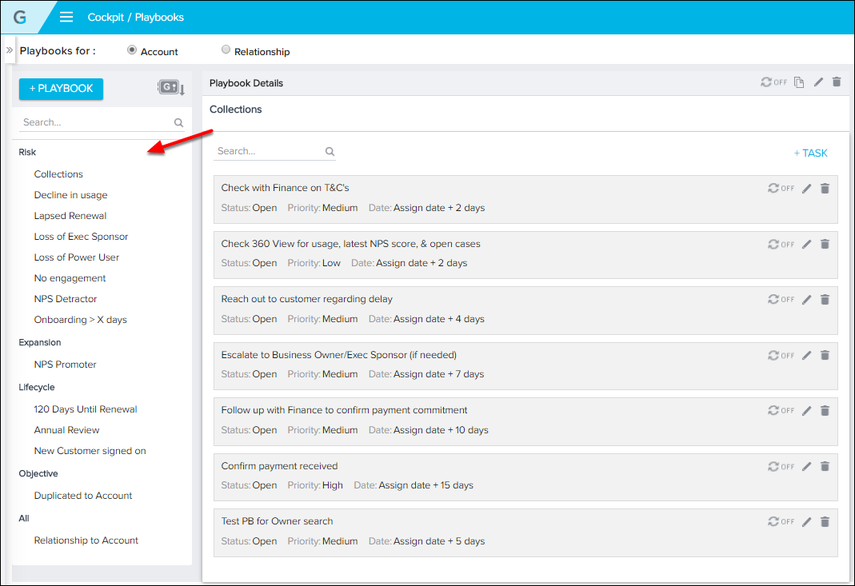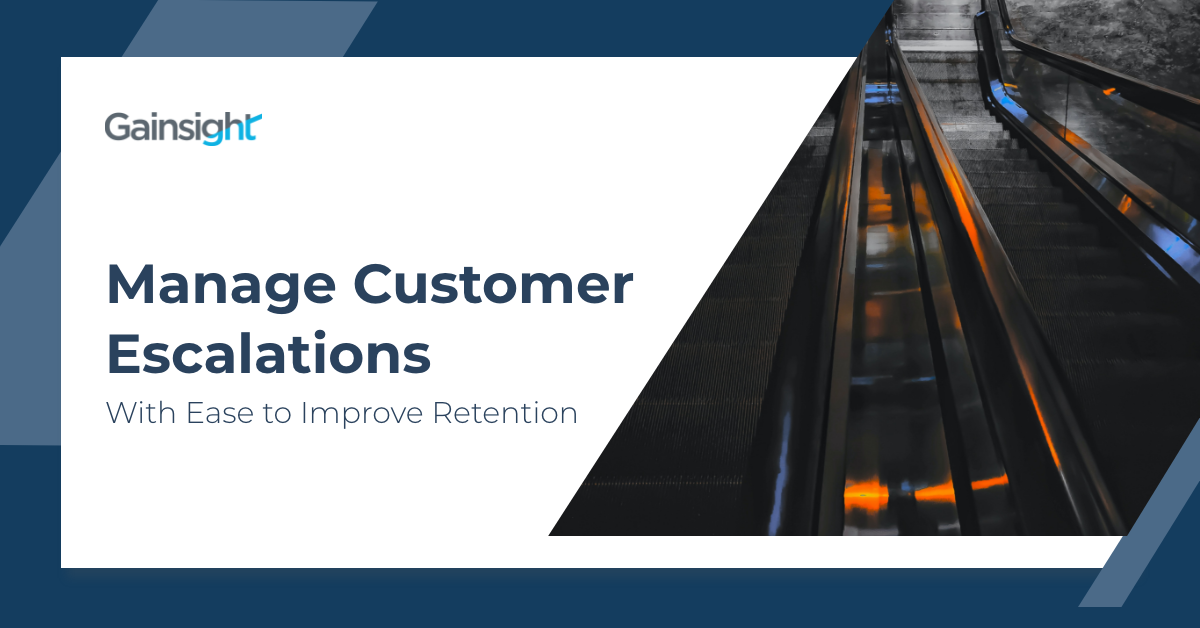“The customer is always right.”
This phrase was popularized by retailers Harry Gordon Selfridge, John Wanamaker, and Marshall Field. These men learned early in their careers that their stores’ success depended on their customers’ happiness. They advocated that customer complaints be handled remarkably so that customers do not feel cheated or deceived.
“Le client n’a jamais tort” (the customer is never wrong) was the slogan of Swiss hotelier César Ritz, founder of Ritz Carlton hotels. He said, “If a diner complains about a dish or the wine, immediately remove it and replace it, no questions asked.”
Nordstrom is also known for a customer-first policy. You may have heard of people returning year-old jeans, but another example is from 1975 when a man returned 4 snow tires. After explaining his situation, Nordstrom allowed him to return the tires—with a refund!
Why would Nordstrom refund expensive items that it doesn’t even sell? There are blog posts, forum threads, and news articles dedicated to the story if you think about it. That single customer service experience gave Nordstrom decades of free publicity and word-of-mouth (the most trusted form) of advertising. According to Forbes, more people trust recommendations from their peers (84%) over ads (23%). It’s one reason many companies are starting to use Gainsight as the foundation for their customer marketing efforts as word of mouth is just as crucial in the B2B world as it is in B2C.
In contrast, this attitude towards customer service is not held by all brands, and as a result, they have earned a poor reputation along with negative reviews and articles. In today’s world, with an abundance of app store ratings and social media, the customer has the power to spread negative word of mouth. We live in a world where the customer may not always be right, but they are armed with social media and can use it as a weapon. That’s why it’s critical to promulgate advocates’ voices and focus on tools that help provide positive customer service experiences.
Let’s start with how to find advocates:
Generating word of mouth can be operationalized by maintaining a centralized view of customers. By using tools from Gainsight, you can quickly identify advocates based on health scores and NPS results. Once you identify them, you can reach out to generate positive reviews. The net result is a stronger relationship with that customer and a referral that can yield additional business. When measuring customer value, it is important to remember the LTV of a customer advocate much higher than a non-advocate.
Now let’s look at the process:
Customers like ADP save time and money by using Gainsight solutions for Customer Success to maintain a centralized view of customers and manage their escalation process. In this Gainsight Game Changer Playbooks series, you learn how Gainsight 360 helped ADP measure customer health with sophisticated health scorecards and identify trends. The tools provided visibility on actionable workflows (like CTAs, renewals, and onboarding), allowing ADP to take action at scale.
To see what this looks like in action, here at a step-by-step example of how Gainsight handles escalations. First, a CSM flags a CTA, causing it to turn orange, and then the escalation moves through the chain of command.
Escalation Level 1:
- Team Leader
- Rest of Team
- Other Post-Sales Teams
- Other Department
Escalation level 2
- CCO
- CEO
This is known as Linear Escalation (when issues are moved up a chain of command based on how the experience is going.) Typically, it’s when a problem or question can’t be resolved, and the customer is pressing for an answer. The rep then elects to transfer the case to either a supervisor or specialist trained to handle difficult conversations. Another type of escalation is a Hybrid Escalation, whereas depending on the nature of the issue, the CSM might take the case straight to the top of the hierarchy. Lastly, there is Multi-Point Escalation, where anyone in the organization can escalate issues depending on who may have a customer-facing role.

Apart from having a structured escalation process, it’s important to do a root-cause analysis to better optimize customer-facing interactions in the future. Every time there’s an escalation, it’s essential to understand the reasons behind it and take actionable measures to prevent it from occurring again. For example, consider an escalation where a new customer onboarding is taking longer than average. Gainsight can help you identify patterns of root causes so you can address them at scale. Groups of escalations can be segmented internally to create custom playbooks to promptly allow CSMs to get back to customers.

Having cross-functional alignment on how to handle customer issues and the tools to identify those who need help and speak out on your behalf has a direct impact on retention and the long term reputation of your brand. During this time, where vendors may have a higher standard to earn renewals, Gainsight has a suite of tools that help you address customer support and escalations in an automated manner. Ensure your company makes the cut by taking a tour of Gainsight’s customer success tools today.
